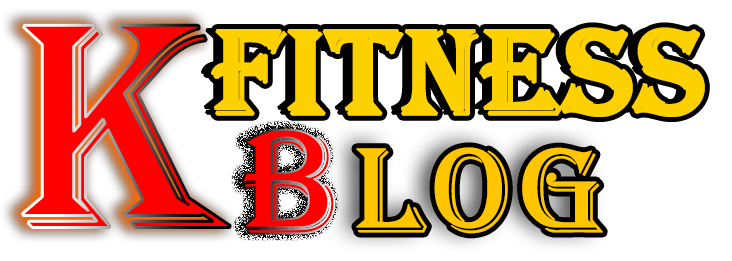In the pursuit of overall well-being, understanding the importance of releasing the psoas muscle cannot be overlooked. As a deep-seated muscle that often holds tension due to modern lifestyles and stress, releasing the psoas muscle can lead to improved comfort, enhanced movement, and a greater sense of relaxation. In this comprehensive guide, we explore various techniques and methods for effectively how to release psoas muscle.
The Psoas Muscle A Hidden Key
Understanding the Psoas: The psoas muscle, or iliopsoas, is a vital muscle connecting the lumbar spine to the femur. Its role in hip mobility, posture, and overall comfort makes it a significant contributor to your well-being.
Releasing the Tension: Releasing the psoas muscle involves intentionally easing tension and tightness in the muscle fibers. This process not only enhances physical comfort but also promotes emotional relaxation.
Read Aslo: Strengthen and Align Effective Psoas Muscle Exercises for Total Well-Being
Benefits of Psoas Muscle Release
- Alleviated Discomfort: Releasing the psoas muscle can help alleviate lower back pain, hip discomfort, and even address referred pain in other areas.
- Enhanced Flexibility: A relaxed psoas muscle leads to improved hip mobility and fluidity in movement.
- Emotional Release: The psoas muscle is linked to the body’s fight-or-flight response. Releasing it can lead to emotional release and relaxation.
Methods for Psoas Muscle Release
- Self-Myofascial Release: Use a foam roller, massage ball, or a specifically designed tool to apply gentle pressure to the psoas area. Roll slowly and pause on any areas of tension.
- Stretching: Incorporate gentle psoas stretches into your routine, such as the low lunge, kneeling lunge, or supine psoas stretch.
- Breathwork: Combine deep and controlled breathing with stretches or self-massage to enhance relaxation and release.
- Professional Massage: Consider seeking a massage therapist trained in myofascial release or deep tissue techniques for targeted psoas muscle release.
Mind-Body Connection in Psoas
The psoas muscle is intimately linked to emotional stress. As you engage in psoas muscle release, practice mindfulness and deep breathing to foster a connection between your body and mind.
Precautions and Considerations
- Gentle Approach: Approach psoas muscle with gentleness and patience. Avoid forceful techniques that could cause harm.
- Listen to Your Body: Pay attention to your body’s responses. Discontinue any technique that causes pain or discomfort.
- Consultation: If you have pre-existing health conditions or concerns, consult a healthcare professional before engaging in psoas muscle.
Releasing the psoas muscle is a journey toward enhanced physical comfort and emotional balance. By incorporating a combination of self-myofascial release, stretching, and breathwork, you can gently unwind tension and promote relaxation. Remember that releasing the psoas muscle is not just about the physical – it’s about fostering a deeper connection between your body and mind. Through consistent practice and attentive awareness, you can uncover a newfound sense of ease and vitality in your life.






